Camunda’s latest release adds a suite of features that improve scalability, support additional cloud authentication and extend multi-tenancy.
Table of contents
- Support for Amazon OpenSearch
- Multi-Tenancy for signal events and process deletion
- Bring your own OIDC Identity Provider
- Process instance migration
- Zeebe scalability with scale brokers
- Camunda on AWS Marketplace
- Improved form deployment and linking in modeler
- Adjustments to ElasticSearch support (ES 8.9+)
- Improved AWS Self-Managed installation guide
- New form components for structured and unstructured data
- And so much more
Support for Amazon OpenSearch
With the support for Amazon OpenSearch, Camunda has streamlined the installation and operation of Camunda components for customers of Amazon Web Services (AWS).
At this time, Optimize does not yet support OpenSearch.
Multi-Tenancy for signal events and process deletion
Camunda has extended its support within multi-tenancy implementations by adding support for both signal events and process deletion. Previously, signal events were supported with Camunda 8.3, but not in multi-tenancy implementations, forcing customers to find a replacement for these events if running multi-tenancy. Multi-tenancy customers can now delete processes as well.
Bring your own OIDC Identity Provider
Prior to this functionality, it was necessary to use Keycloak and configure a third-party Identity Provider within Keycloak. Now a Camunda administrator can easily configure their own OpenID Connect (OIDC) Identity Provider directly in the HELM Charts for all Camunda components at one time, removing the need for Keycloak. To speed up configuration for Microsoft Entra (formerly known as Microsoft Azure AD), a detailed guide has been published in the documentation.
Please note that with this release, only authentication is supported, and authorization (i.e. Roles and Permissions or Multi-Tenancy) cannot be configured yet. Additionally, Connectors are not supported yet.
Process instance migration
Camunda has released a new, powerful process operation—process instance migration. Now Operations Engineers can migrate running instances with active service tasks to a new process definition. With this, they can change the inactive part of the process to keep your running instances up-to-date with the latest process improvements. Customers can use it via the Operate UI and Zeebe API.
Using the Operate UI, you can select source and target process definition, create a migration plan, select relevant process instances to migrate and then review the operation to apply.
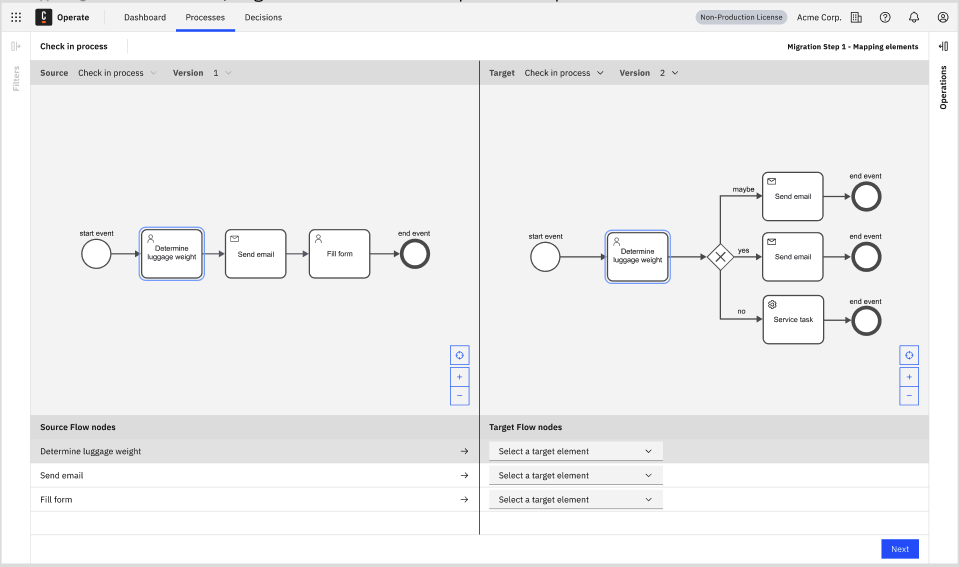
Once you have made this selection, you can observe the progress of the migration operation.
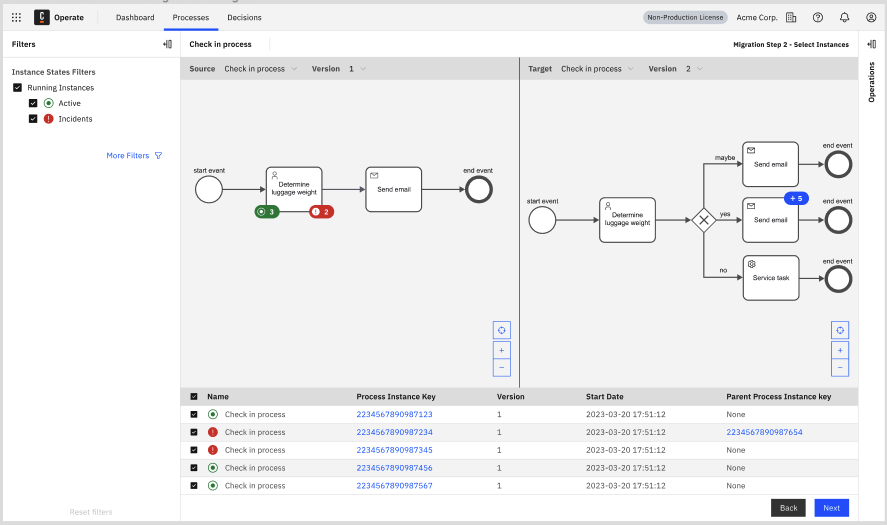
You can also migrate process definitions using the MigrateProcessInstance Zeebe gRPC endpoint. Using this command, you need to define the mapping instruction to map source and target process activities. You can reuse the mapping instruction to migrate multiple running instances.
In the following releases, Camunda will develop this functionality further to enhance the experience and enable additional use cases.
Zeebe scalability with scale brokers
It is important for Zeebe to effectively handle increased workloads and growing demands without experiencing performance degradation or resource constraints. As organizations scale their usage of Zeebe, they encounter challenges in maintaining optimal performance and efficiency within the Zeebe broker component.
With scaling brokers, you can unlock additional processing performance. Although vertical scaling is a great option, you can run into limits imposed by your infrastructure provider. Vertical scaling can often be more expensive than horizontal scaling and has an increased risk of a single point of failure associated with a single machine because the remaining machines may already run at their limits and will then struggle to handle the additional load during failover.
With the ability to scale Zeebe up and down with scaling brokers, you can meet the system demands effectively. For additional details of benchmarks using scaling brokers, please read this article.
Camunda on AWS Marketplace
Camunda Self-Managed is now available on AWS Marketplace, making it easier than ever for AWS customers to orchestrate their most complex business-critical process. AWS customers can accelerate the procurement process by utilizing existing AWS Agreements, counting Camunda purchases towards precommitment Cloud spend and enterprise discount program.
AWS customers can easily purchase Camunda Self-Managed, by reaching out to us via [email protected] so we can discuss your anticipated usage metrics and help you get started. Once done, you will get access to a Helm chart that you can deploy on Amazon Elastic Kubernetes Service (EKS). Amazon EKS allows you to take full advantage of Zeebe’s cloud-native design, which provides high performance and resilience as process volumes scale up.
Read more about this offering.
Improved form deployment and linking in modeler
With this 8.4 release, Camunda has made it much easier to work with forms and process definitions for user tasks and start events.
Note: Forms in start events are currently only supported in Web Modeler SaaS.
Developers no longer have to manually synchronize form changes between form builder and the BPMN editor. Now, forms are simply linked once and referenced using their ID in the BPMN diagram. Previews of the linked forms are available from within Modeler.
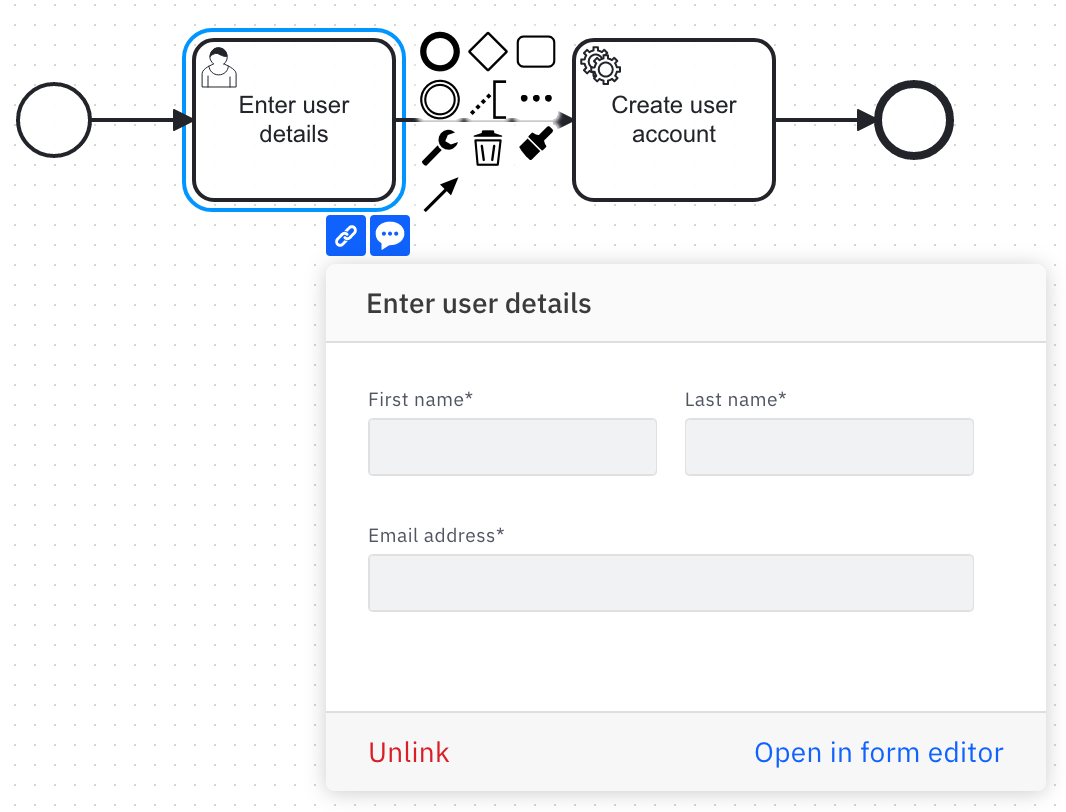
The linked forms are automatically deployed when the process is deployed, which ensures that the latest version of the form will always be used when the process is executed. You still have the option of using the previous approach and embedding the form JSON directly into a BPMN diagram.
Thanks to linked forms, you can also navigate easily between the forms and the process diagram.

Adjustments to ElasticSearch support (ES 8.9+)
ElasticSearch provides frequent minor updates. Fixes for Common Vulnerabilities and Exposures (CVEs) are provided with these minor updates as well as functional enhancements. With this release, Camunda has upgraded its stack to support ElasticSearch instances to version 8.9+.
Improved AWS Self-Managed installation guide
We are excited to announce the release of comprehensive installation guides for the Camunda 8 on Amazon Elastic Kubernetes Service (EKS). These user-friendly guides describe a streamlined installation process, significantly reducing setup time and minimizing the need for extensive support. By simplifying the deployment of Camunda 8 using ‘eksctl’, Terraform, and Helm, we aim to ensure a smooth, efficient installation experience and reinforce our commitment to improving user experience.
Check our AWS EKS guide.
Task access restrictions for user groups
Note: This is currently a Self-Managed only feature.
Task access restrictions for groups allows administrators to define specific user groups that are authorized to perform certain tasks within Tasklist. This means that not only individual users but entire groups with a shared role or responsibility can be granted or restricted access to specific tasks.
Read more in the dedicated blog post.
New form components for structured and unstructured data
New form components make it possible to display and manage complex data easily in Camunda Forms. From streamlining review processes to effortlessly capturing detailed user information, these new form elements enable a broad range of use cases, with a commitment to quality and diligence:
Table Component
When a user needs to review large data sets, a table is an effective way to visualize this data in a structured, easy-to-perceive way. The table component allows developers to easily display structured data, and provides controls such as pagination and sorting for an efficient review experience.
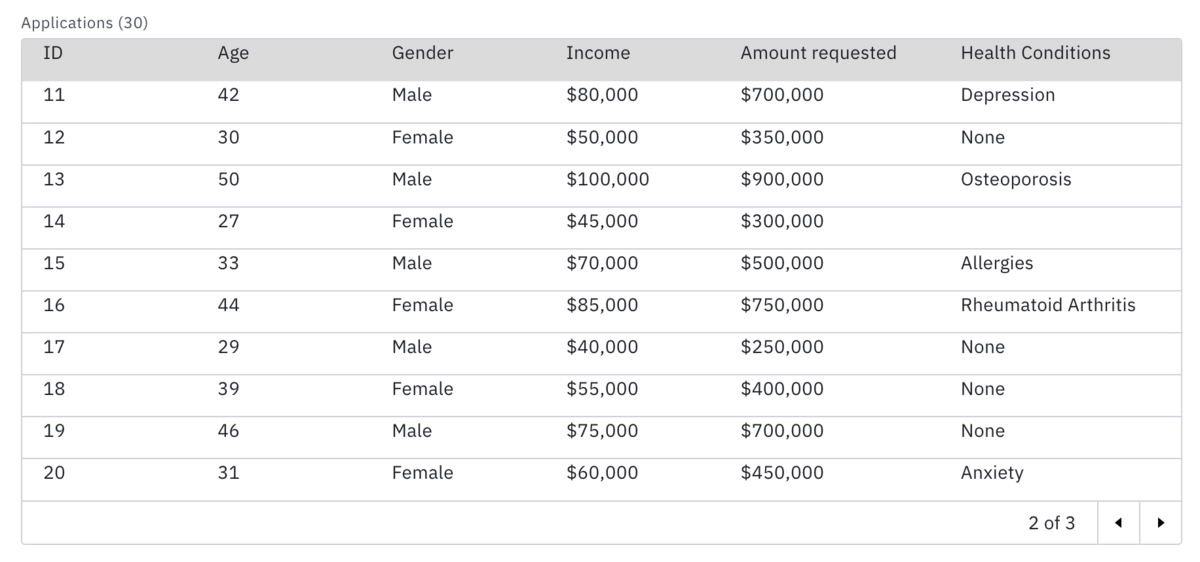
Dynamic List Component
When dealing with data of a nested structure or when users are prompted to add new items to a list of unknown length, form designers can use the dynamic list component to visualize this efficiently. The dynamic list can iterate over any list of nested data objects. Users can add new rows, update existing rows and collapse the list for a better overview.
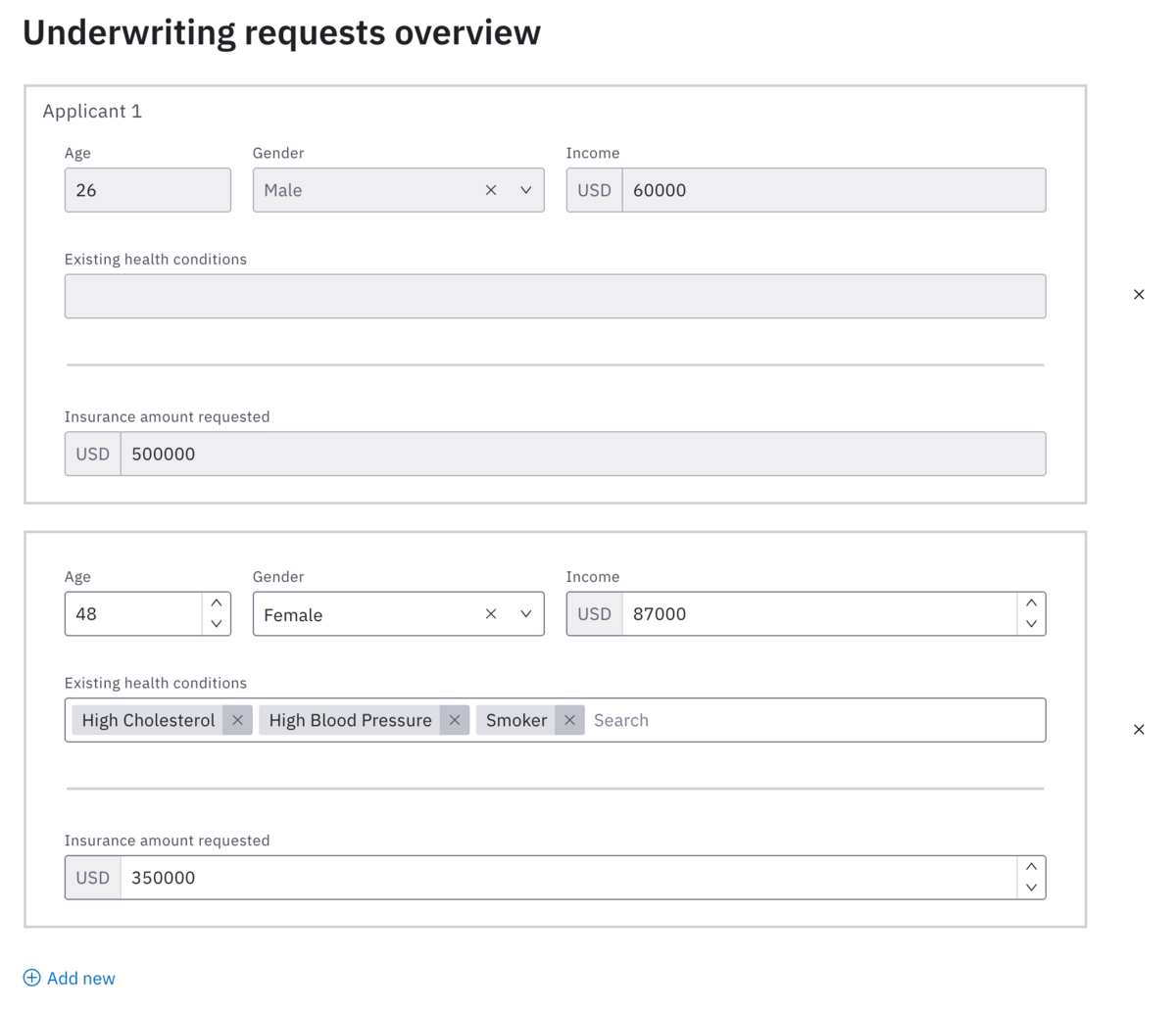
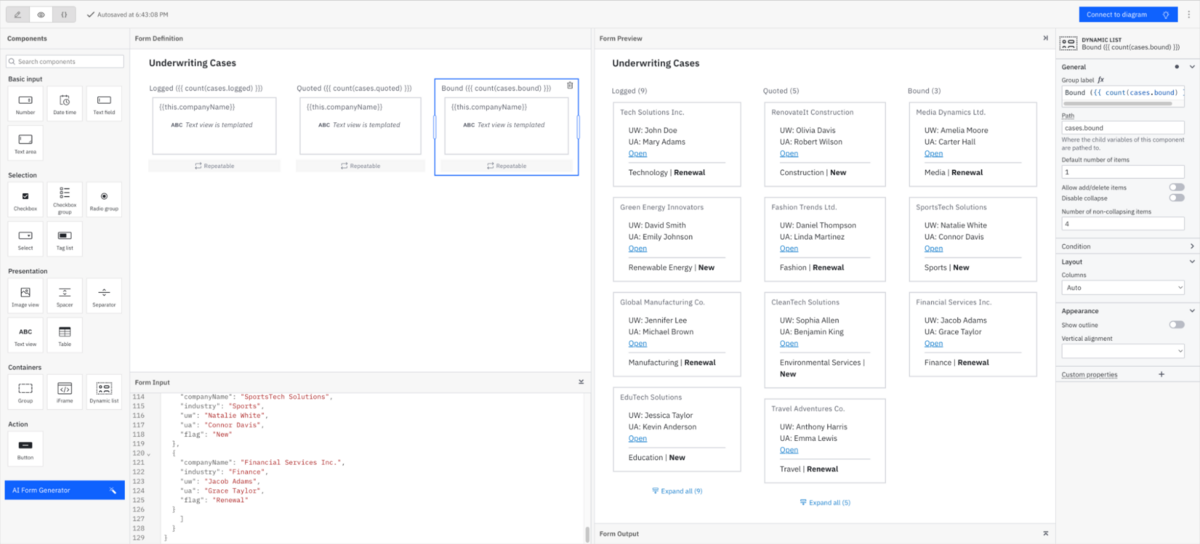
iFrame Component
If a user task requires the review of a document, such as a PDF or Google doc, there is no longer a need to develop a custom task application. With this release, Camunda ships an iFrame component that allows the embedding of documents and supported web pages in Camunda Forms.
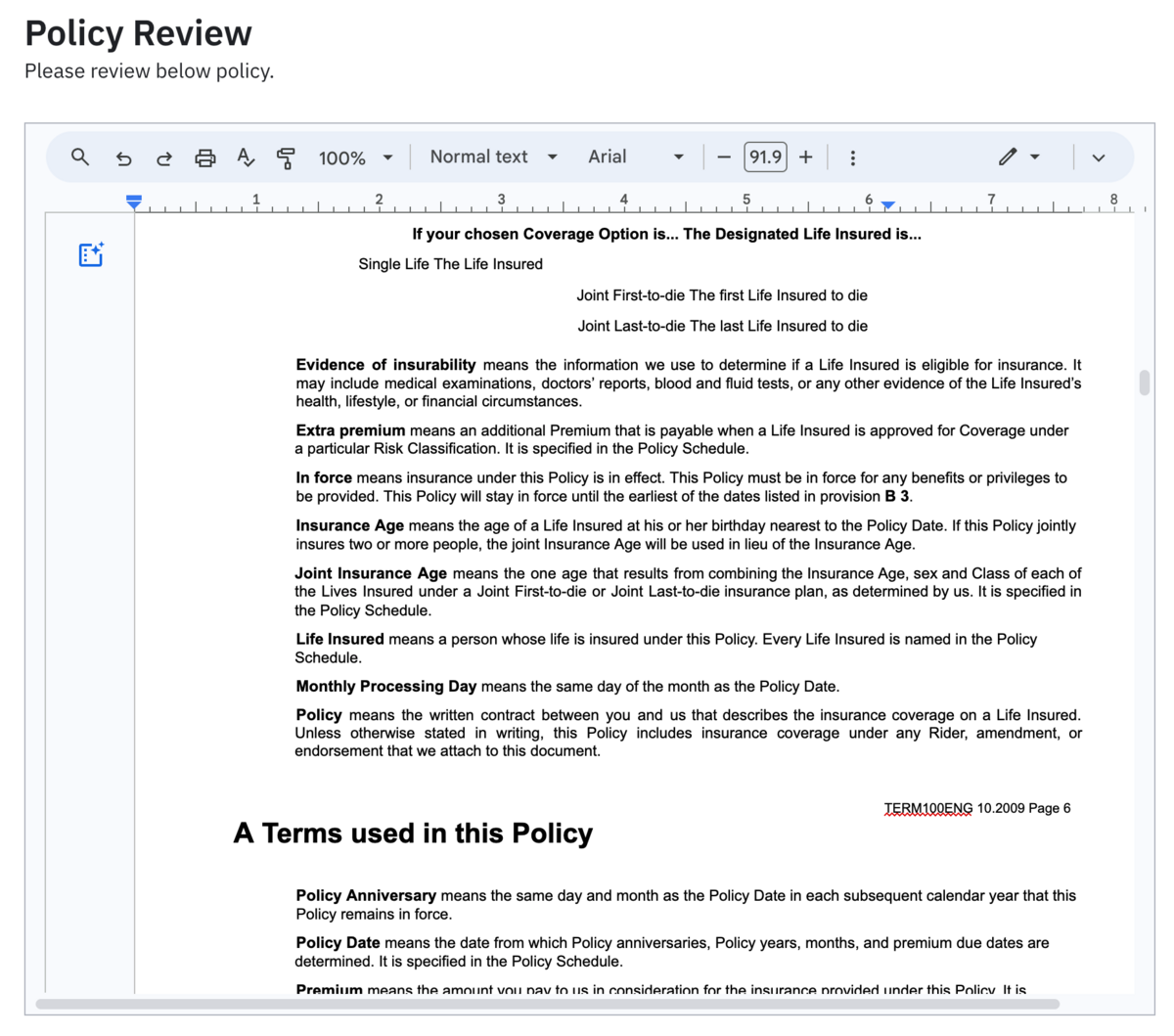
And so much more
We’ve designed Camunda 8.4 to be our easiest-to-use version yet, with many new features and simplifications. While we’ve captured the highlights of the 8.4 release in this post, there are too many updates to list. To find out more you can check out the full release notes, and as always we encourage you to share your feedback with us on our forum.
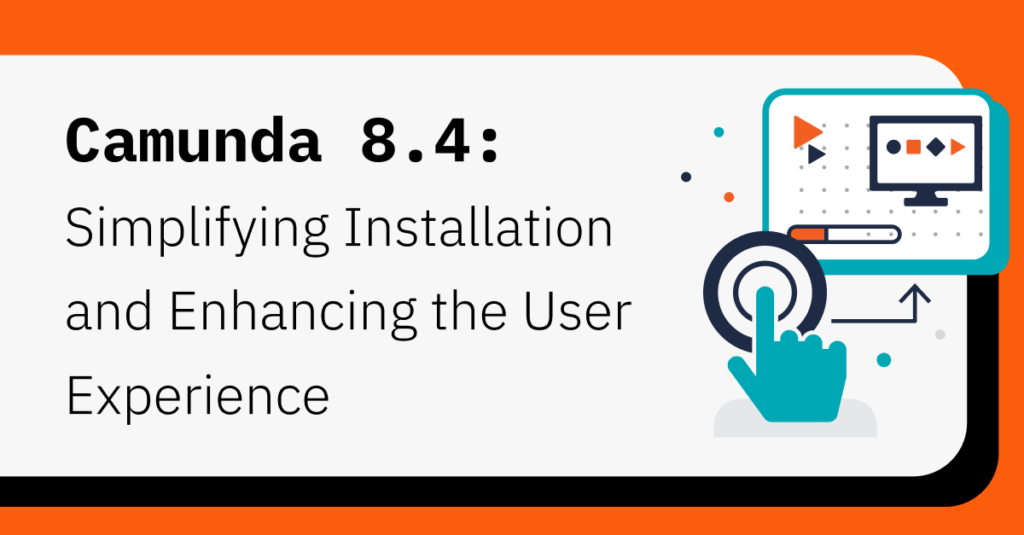

Start the discussion at forum.camunda.io